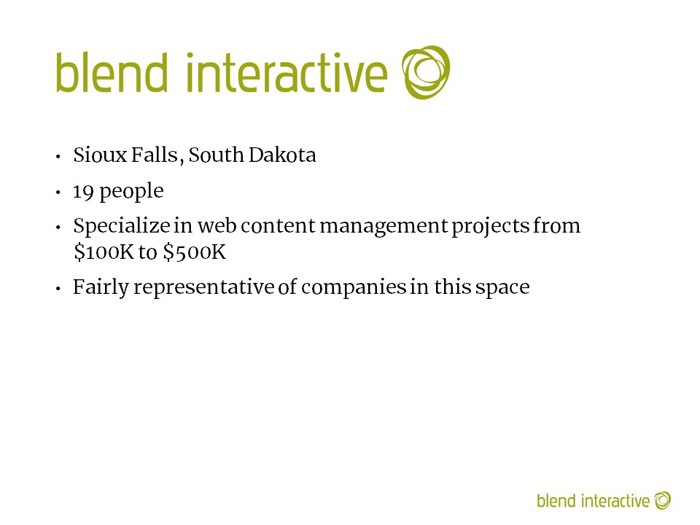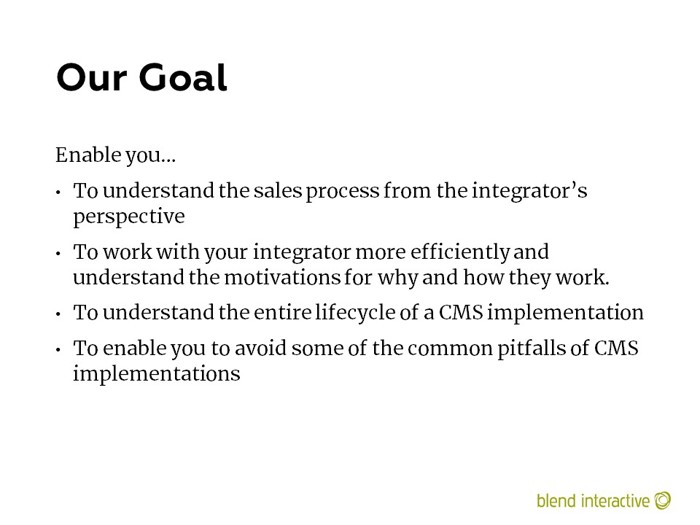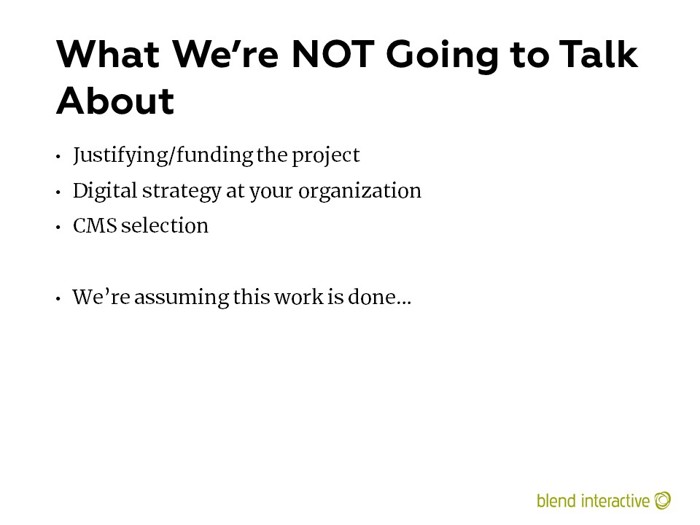CMS Implementations Deck
Section: Introduction (19 slides)
- The images will load as you scroll to them. If you scroll too fast, you might get ahead of the loading.
- The permalink goes to the single page for a slide with “Prev” and “Next” links. It's suitable for bookmarking or sharing.
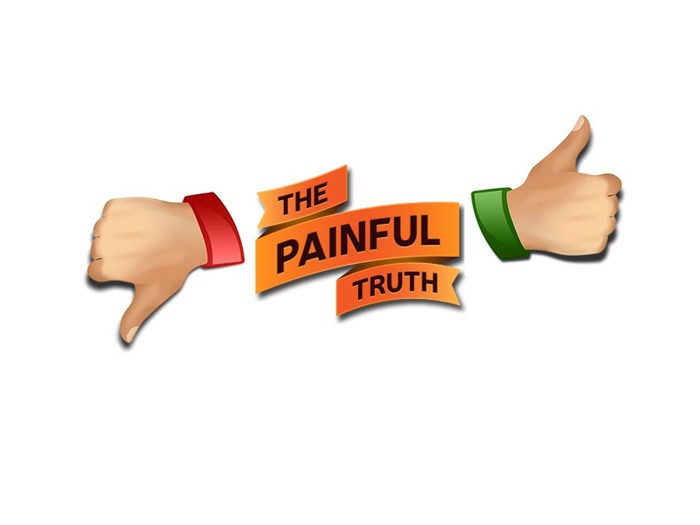
I used these graphics throughout the deck, in the upper right corner of some slides.
- Thumbs up: A good practice
- Thumbs down: A bad practice
- The “Painful Truth” Banner: A general aphorism
What’s a little misleading is that these graphics were on the first slide so I could explain them, but the talk was never named “The Painful Truth.” That’s not clear from this.
These were original illustrations by Blend’s designer, Sam Otis.

This deck was originally an attempt to explain how CMS implementations work from the integrator’s side of the table.
In fact, the first time I gave this as a workshop, I believe it was called “The View From the Other Side.” I named it a few different things over the couple of years I was delivering it.

In retrospect, none of this is cynical, it’s just realistic.
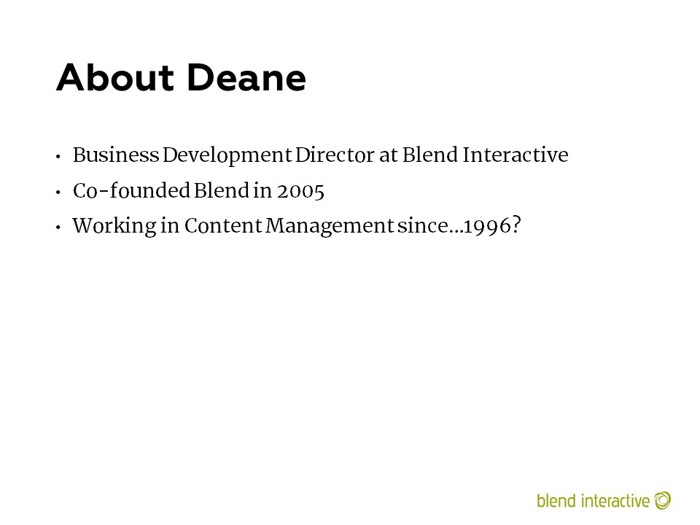
I am currently the Senior Director of Content Management Strategy at Episerver.
I left Blend Interactive in late 2019. I am still an equity partner and remain very close to the company. I talk to people at Blend almost every day.

Blend and myself are located in Sioux Falls, South Dakota.
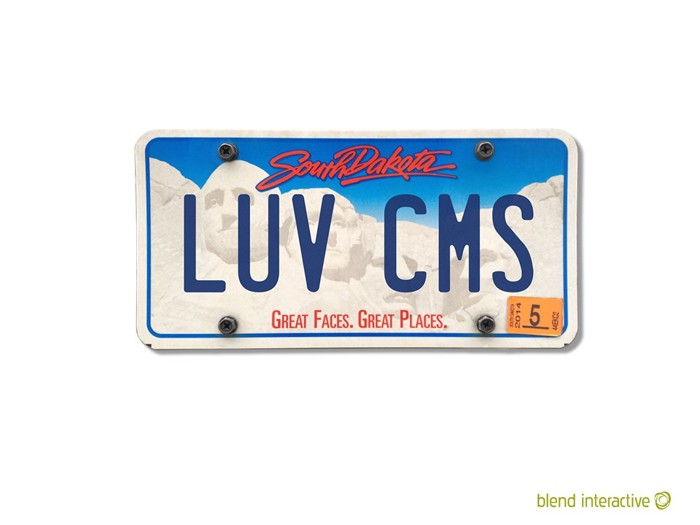
I almost actually did this. I had the form filled out and everything, but I chickened out. I had this mocked up by a Blend designer.
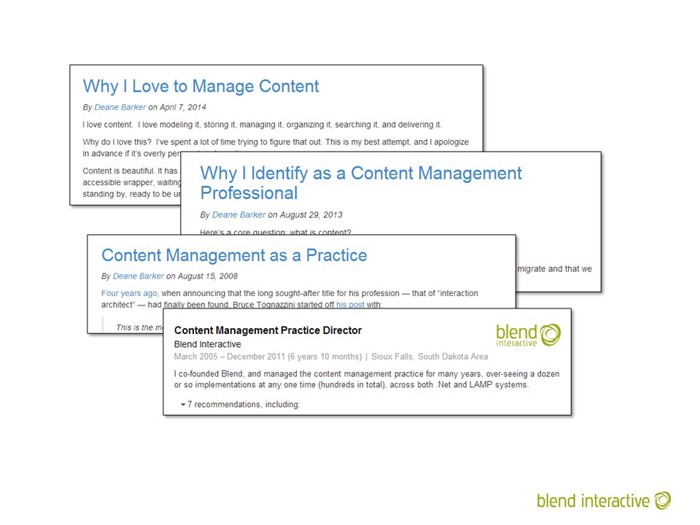
I write blog posts about how much I love content management.
And what is a “Content Management Practice Director”? It’s a guy who loves content management so much that he invents his own job title. (I actually stole this title from my friend Seth Gottlieb. He had the same title at Optaros.)
Links to the blog posts:
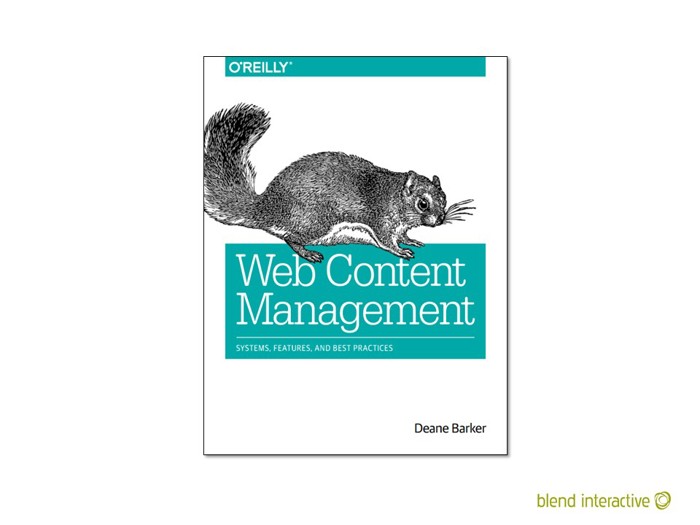
I was writing this book at the time I gave this talk. It published in the spring of 2016.
Web Content Management: Systems, Features, and Best Practices

I asked for people to be careful because some of these slides need me to talk over them to provide context (like I’m doing in these notes).
Also, I said to consider Blend’s size of project because I believe the dynamics of a project change with size. Smaller projects are more informal; larger projects, more formal. Blend is firmly in the mid-market, in terms of project size.

Everything is up for debate. I believe what’s in this deck is very mainstream, and most integrators would agree with what I’ve written here. But I don’t claim to speak for the entire industry.
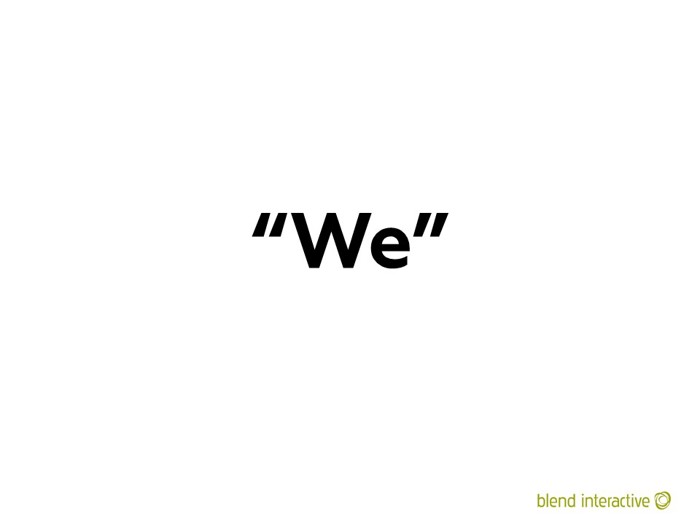
As I noted earlier, when I say “we,” I mean integrators like Blend.
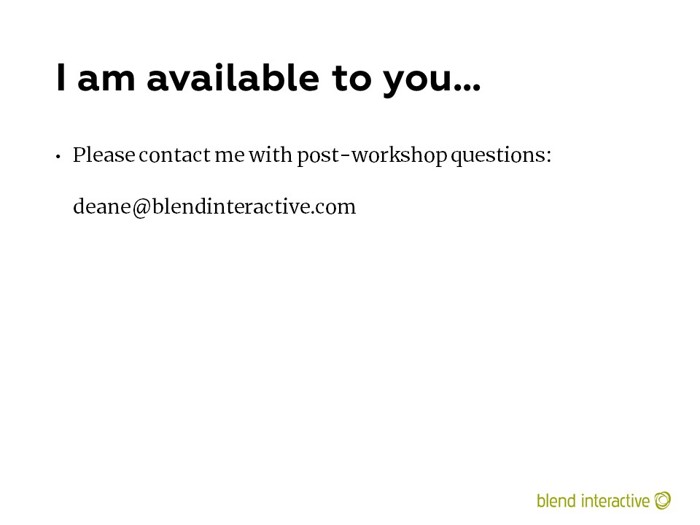
I’ll still get email there, but it will auto-respond and refer you to my personal address now. Here’s more current contact information.
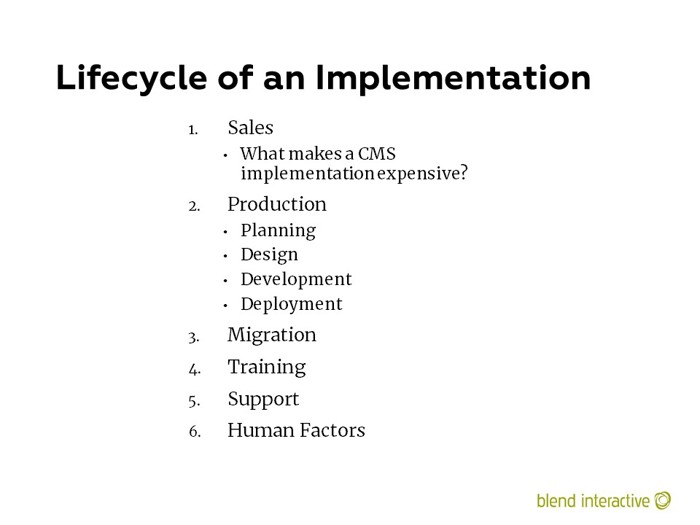
This is really the table of contents for the rest of the talk. The slide section names should match up to this list.
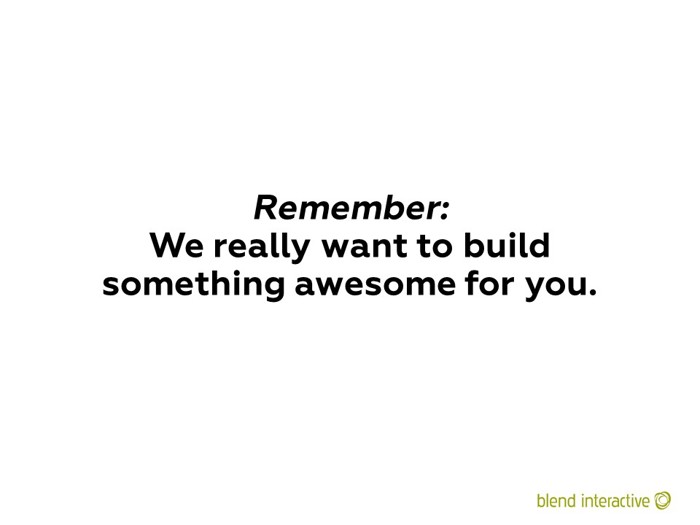
We = your integrator.
This is very true. As a general rule, the people in this industry (and certainly everyone at Blend) does this because we love it. Either we love designing beautiful things, or we love managing content, or we love making the lives of content creators better. You don’t stay in this industry for purely transactional reasons.
When a new project would come in the door, it was never about the amount on the invoice. We would love projects because they were interesting or we loved the client or their mission.
At some level, I firmly believe that we just liked to make people’s lives better, to the point where it was sometimes a weakness – we would speak of the “White Knight Syndrome,” where someone (usually me) would wade into a daunting situation out of desire to be the valiant knight on the white horse, running to the rescue.
Honestly, those situations never really worked out that well. But it wasn’t for lack of passion for the work or the people.
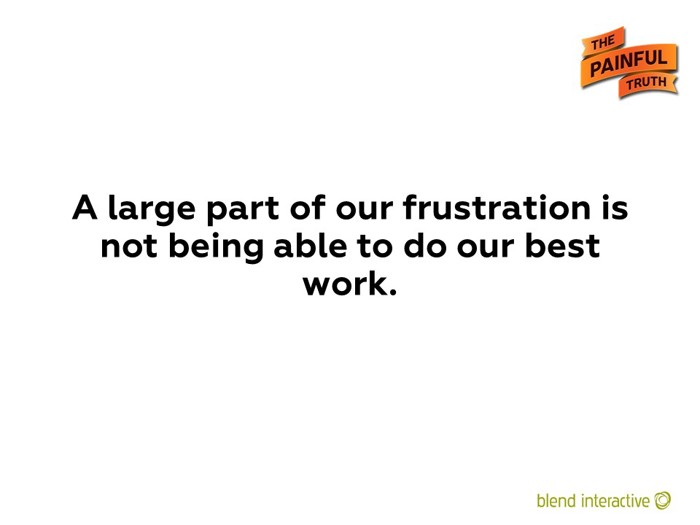
Truth: you are usually your own worst enemy.
We would sometimes get angry with clients when we saw them sabotaging themselves. Hopefully, we had a good enough relationship with them to call this out and correct it.
You can use your left/right arrow keys to navigate
